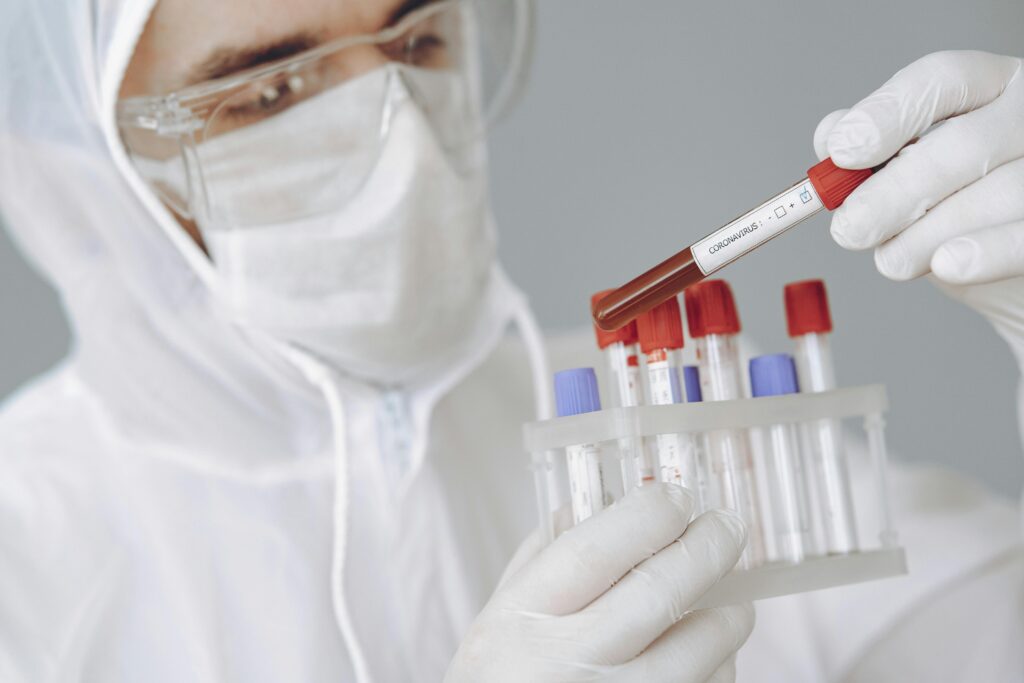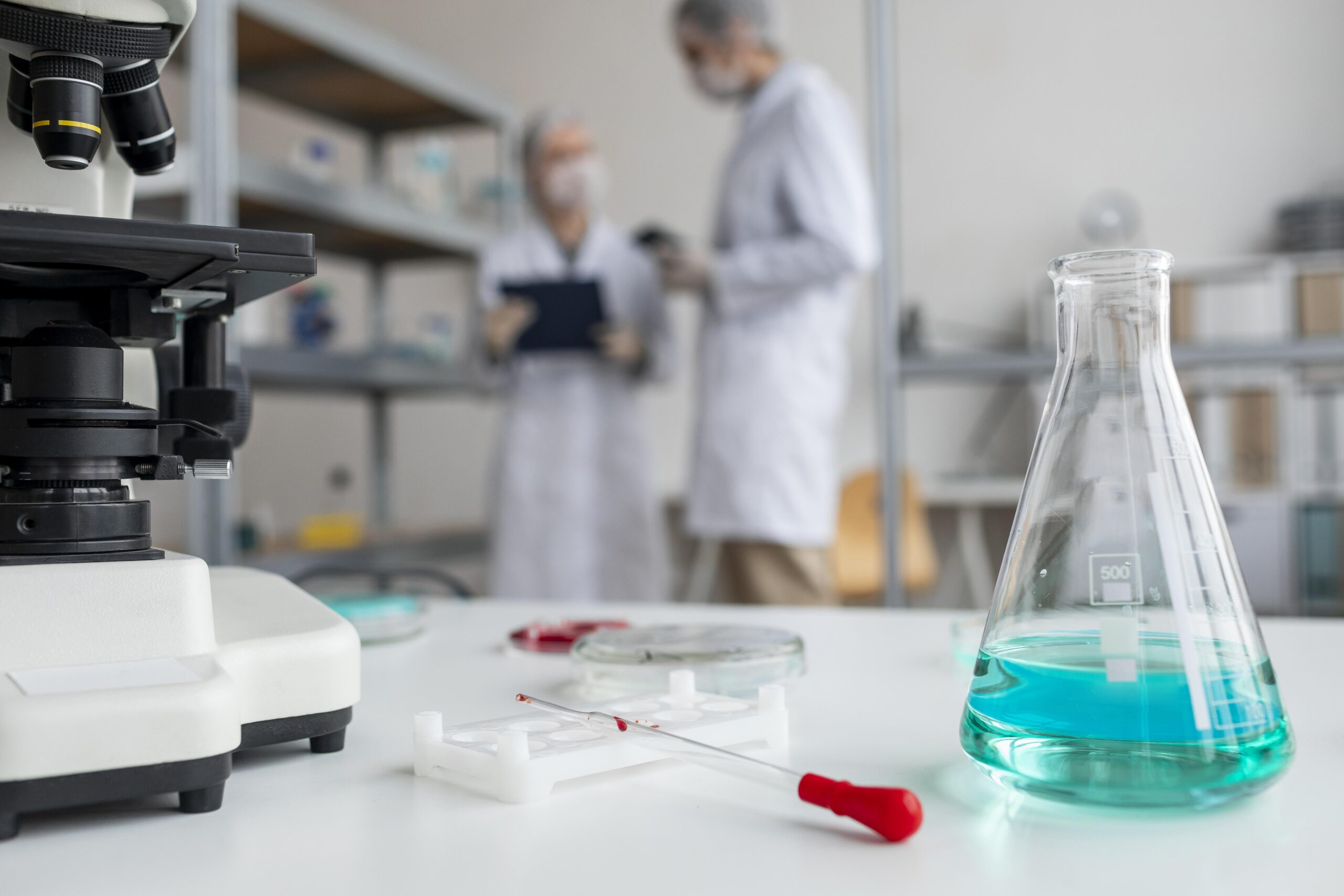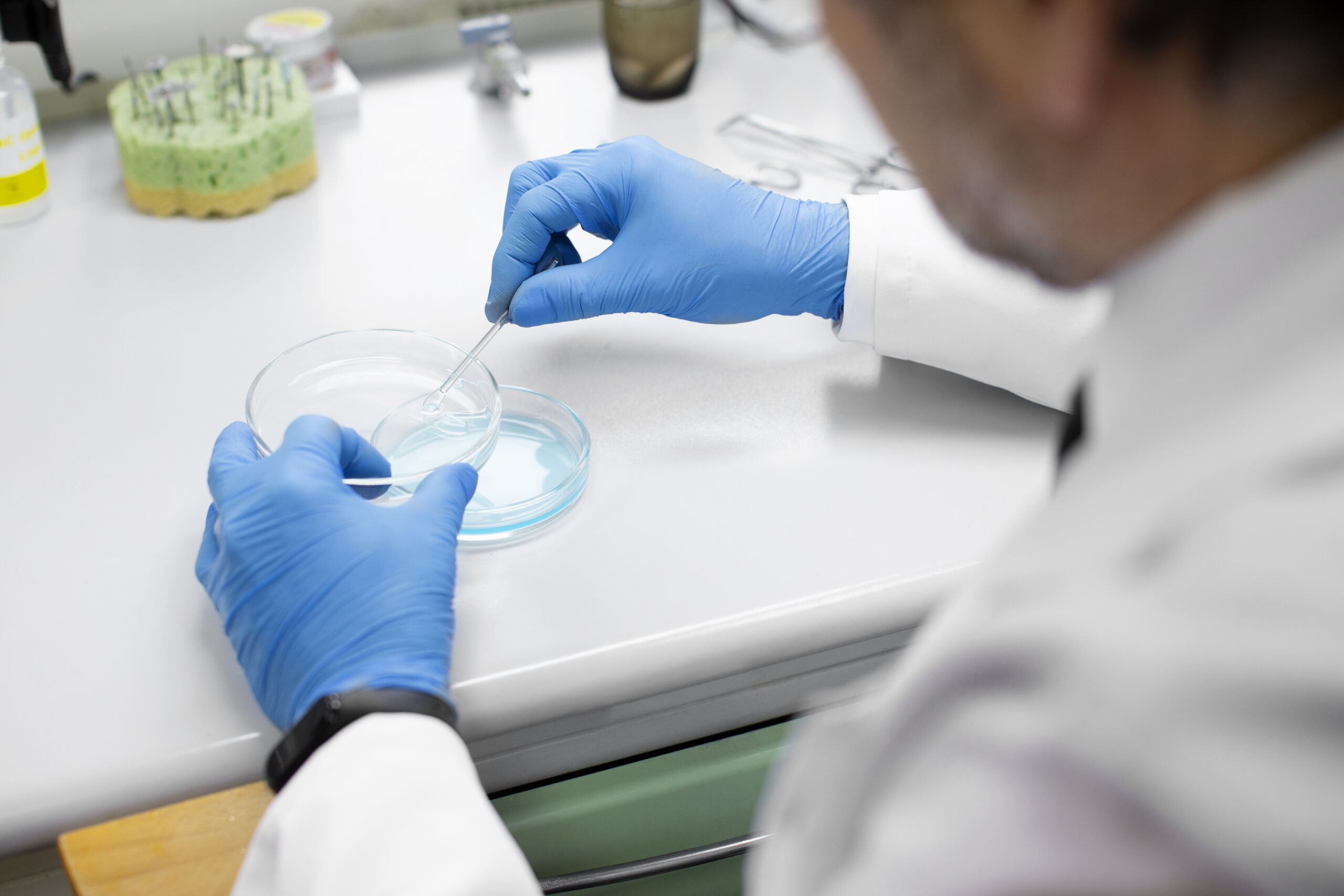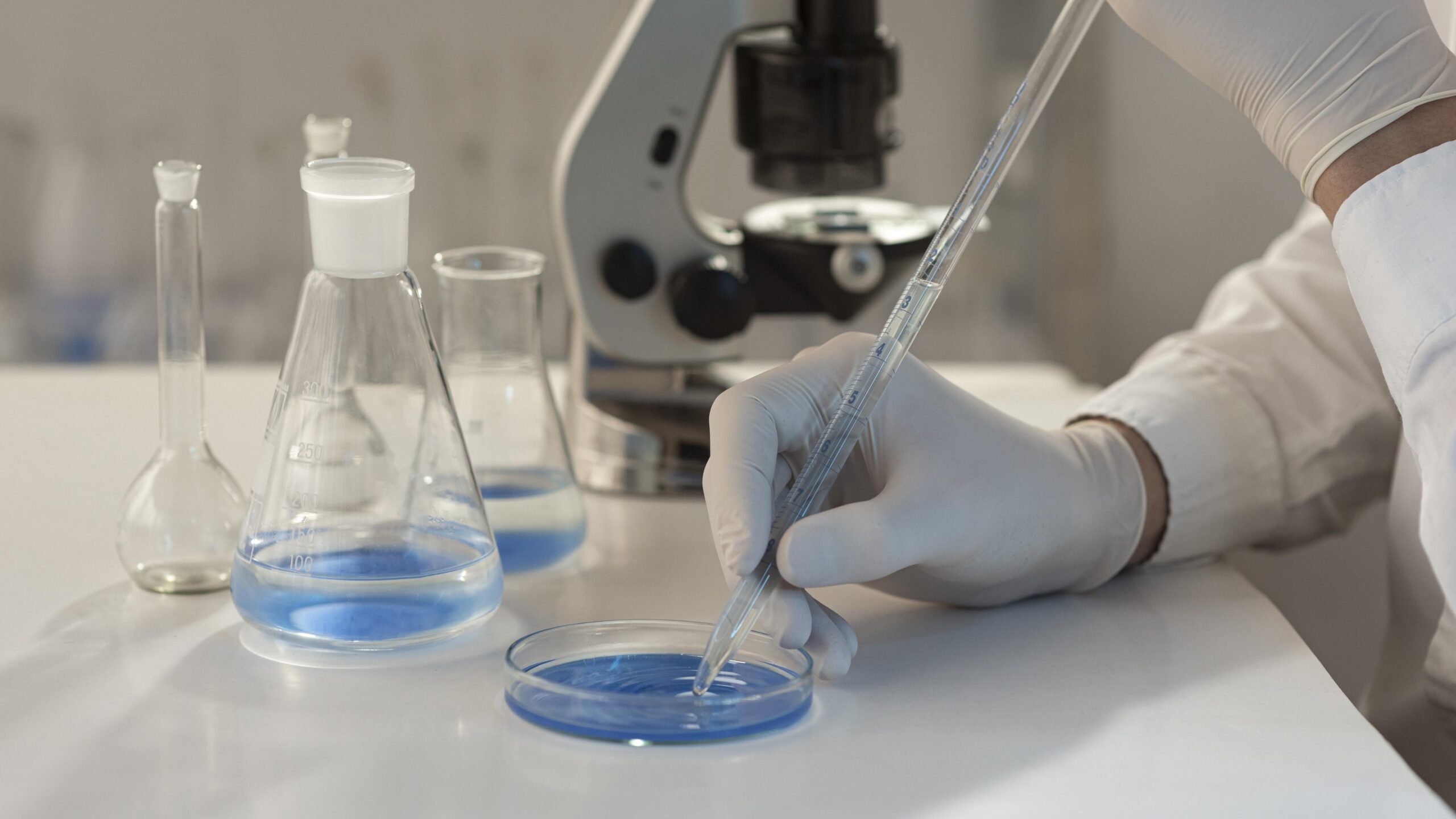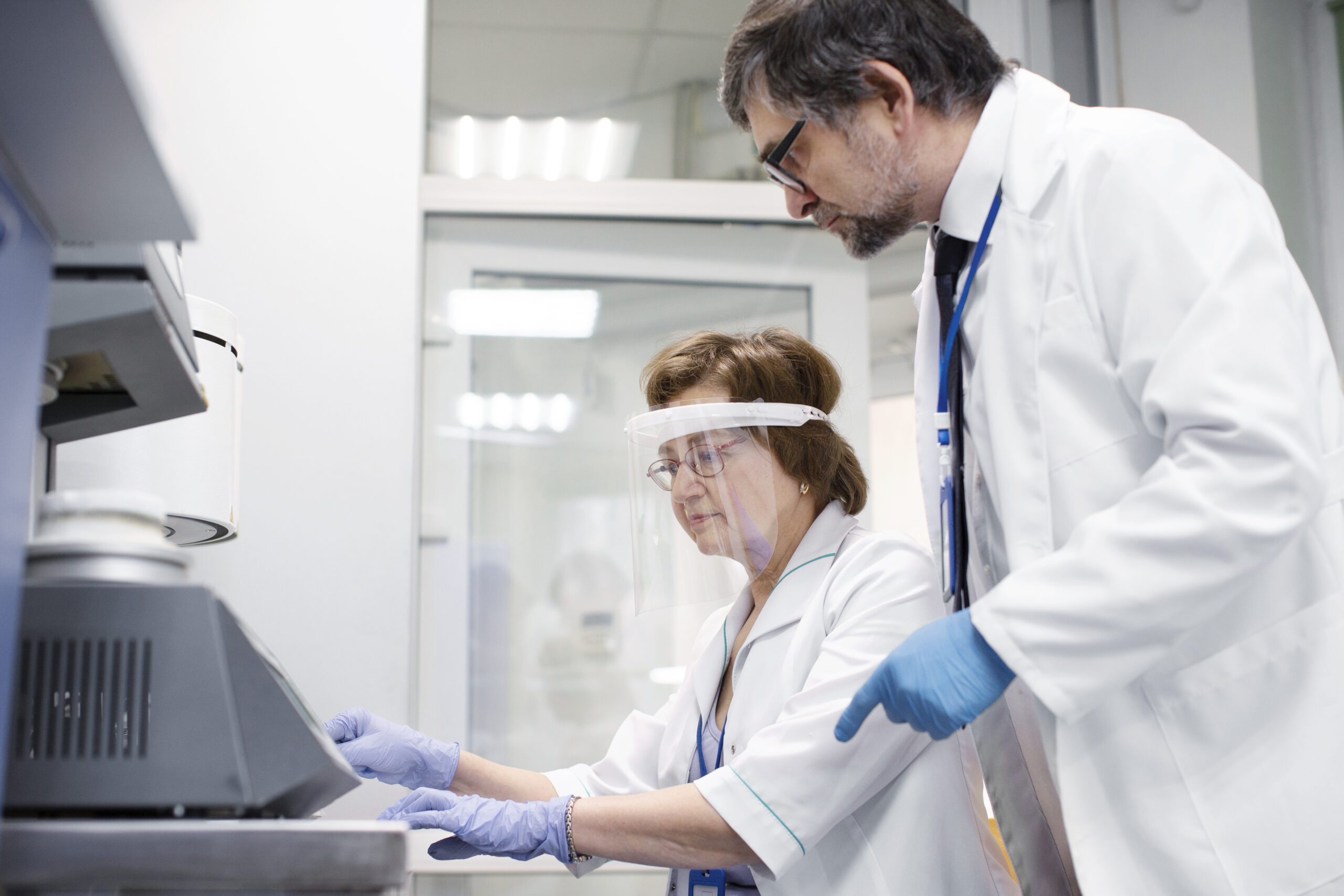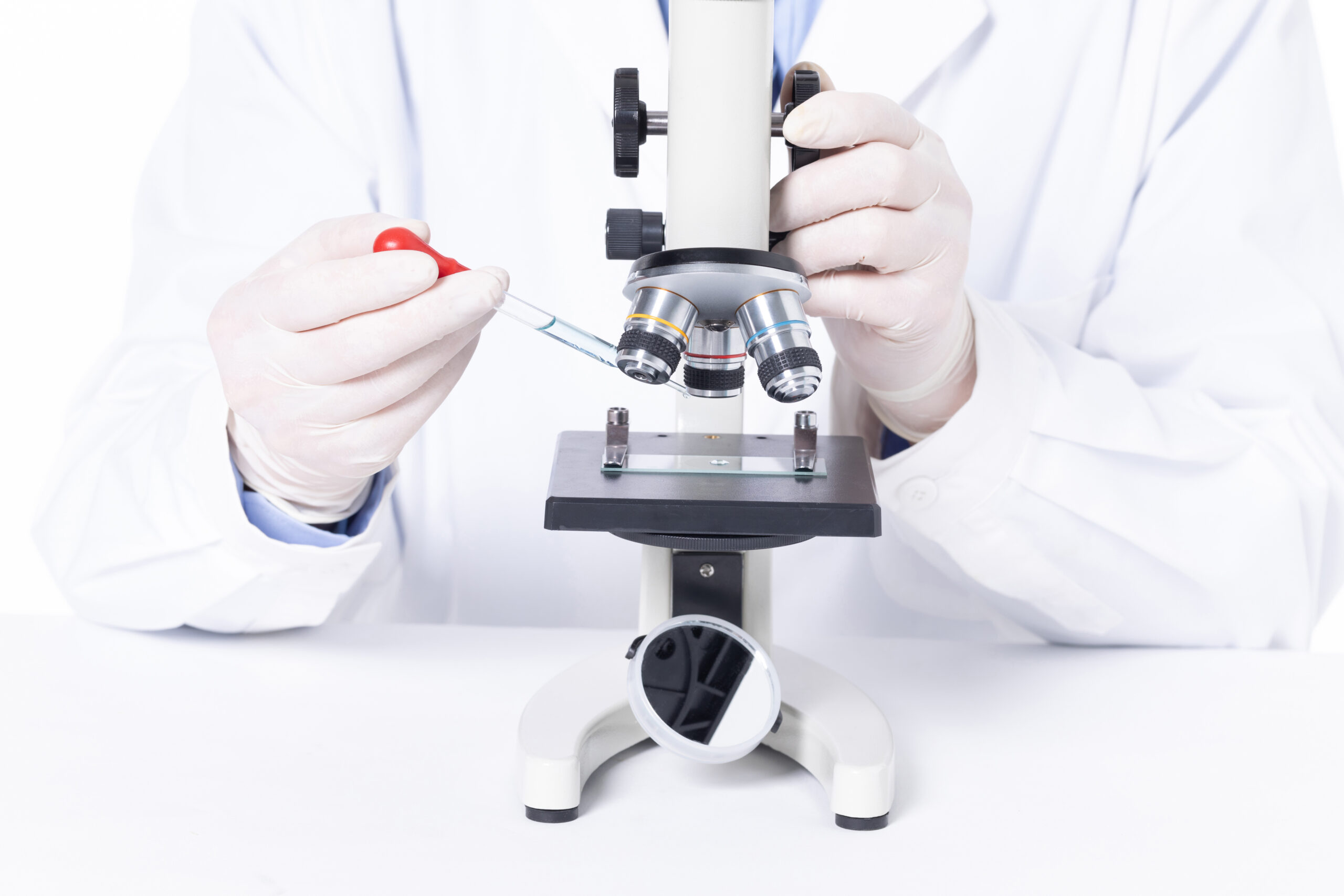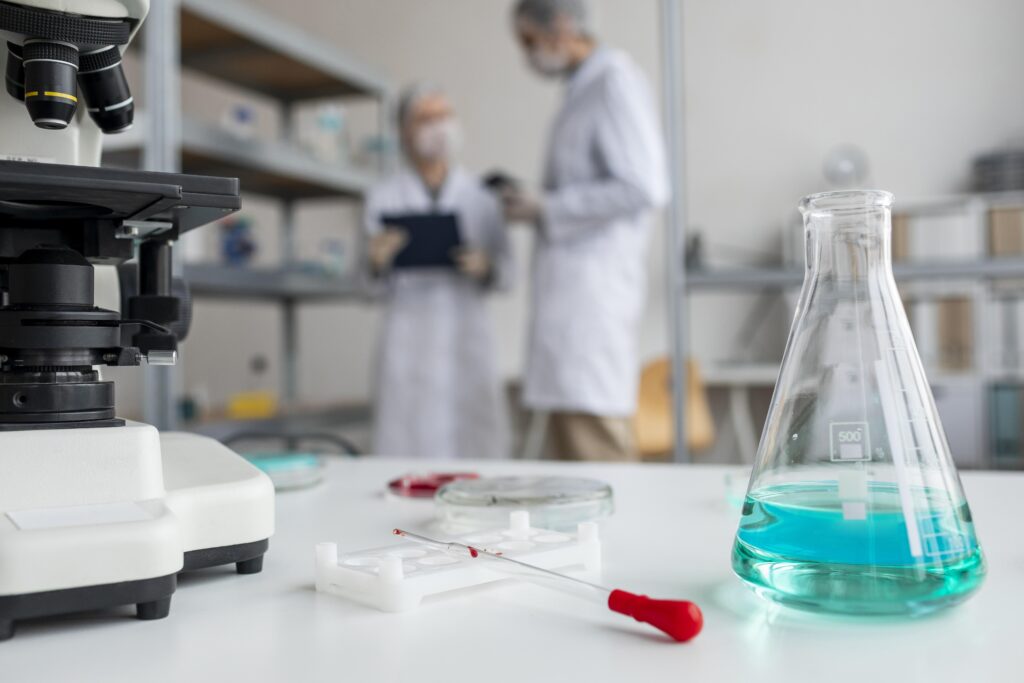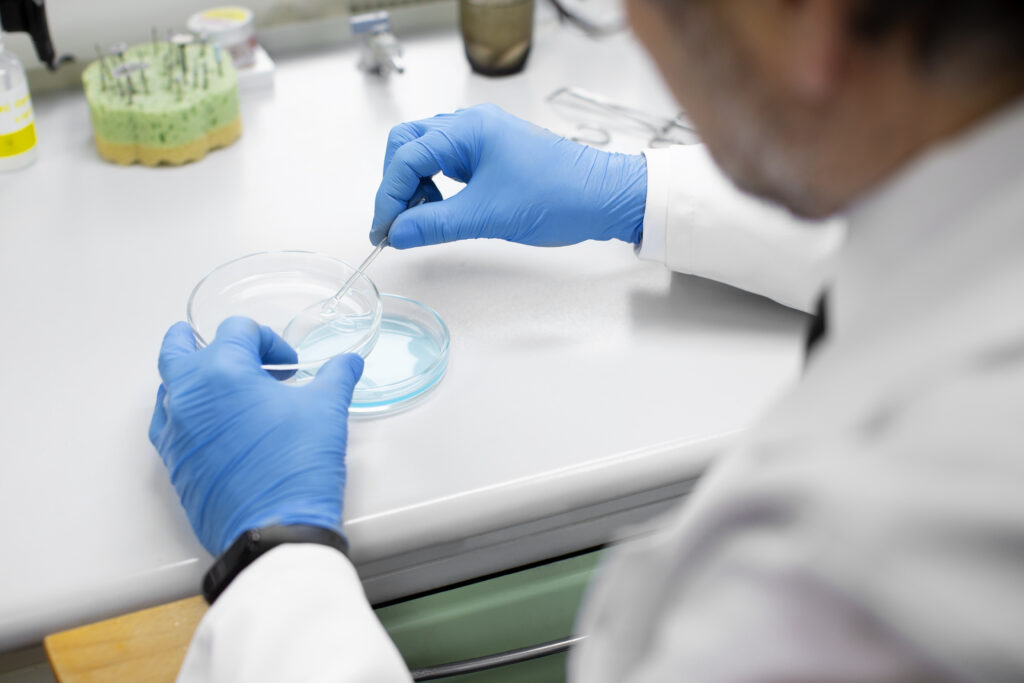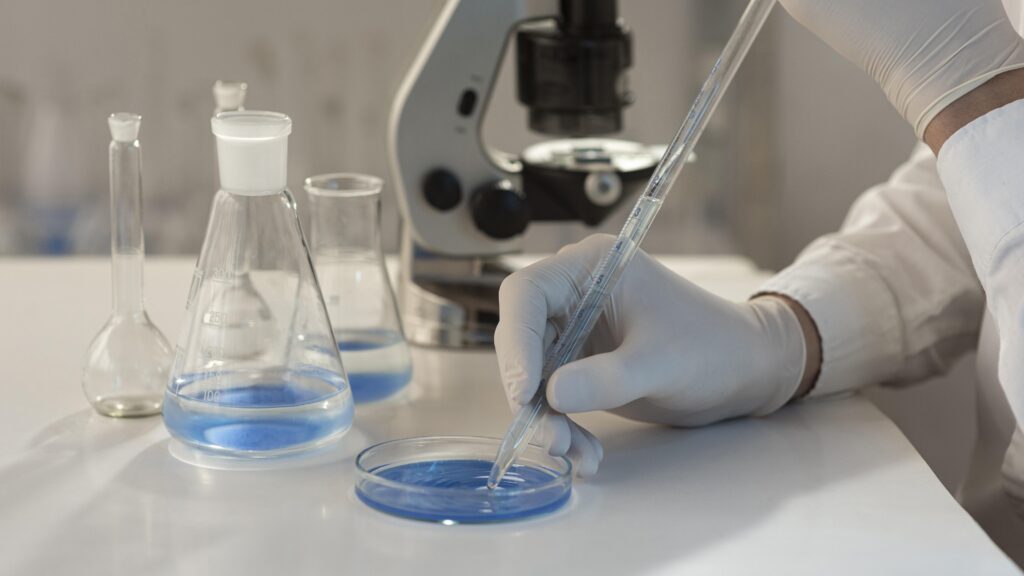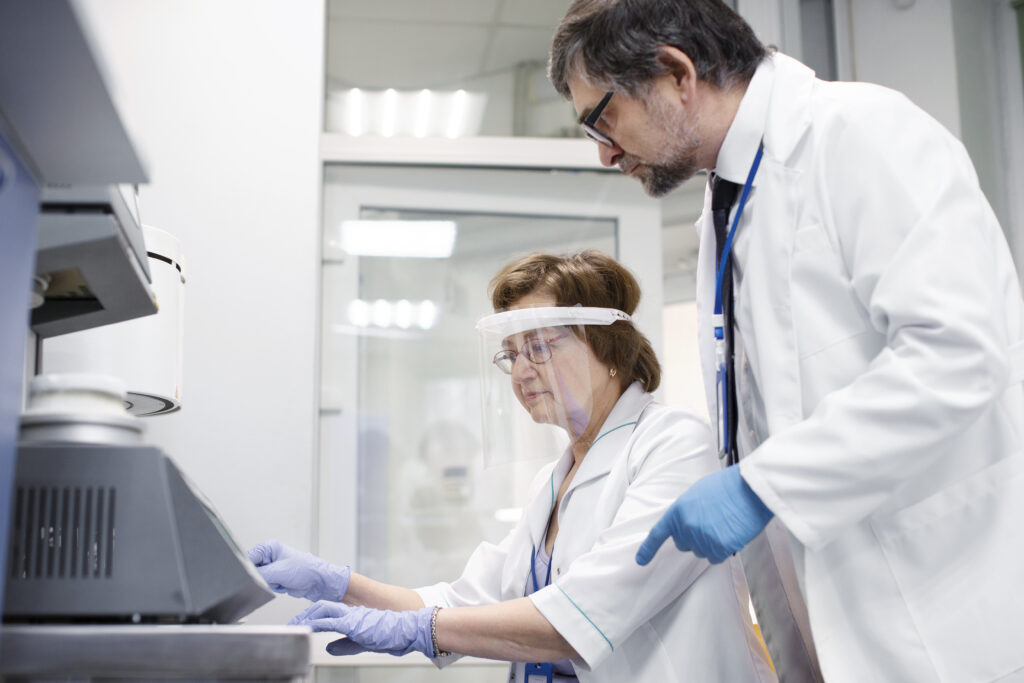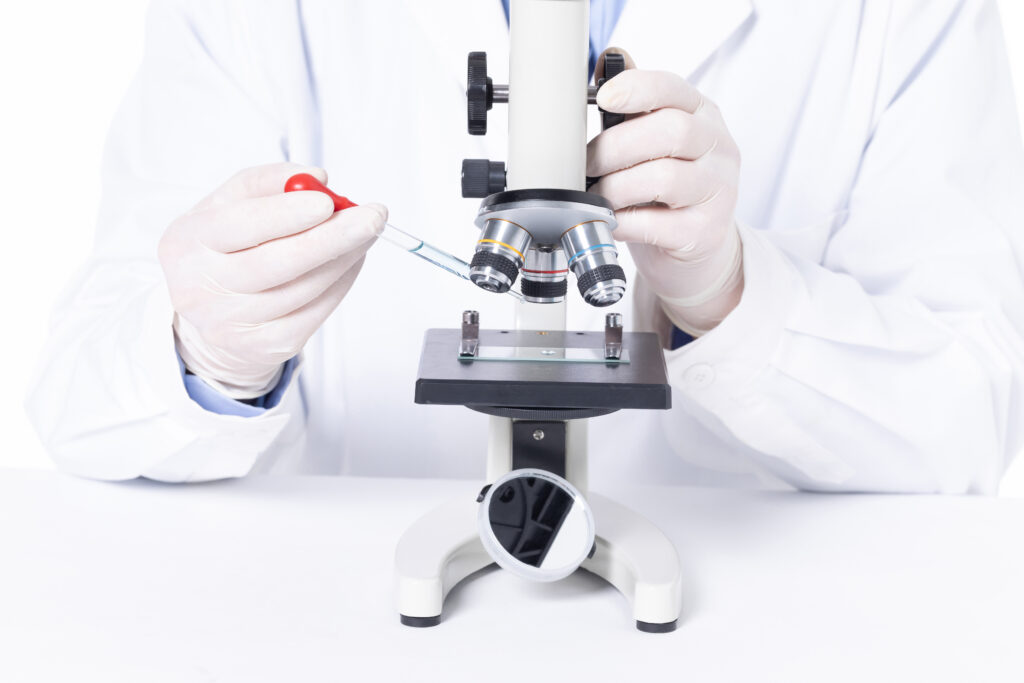Spices are the vivid jewels that add depth and complexity to our food in the large and complex field of culinary arts. However, beneath the fragrant charm of these pantry staples is an important point that is sometimes missed: the necessity of safety in our spice cabinets. This thorough investigation attempts to clarify the nuances around the critical necessity of pathogen testing in spices and to bring attention to its significant significance. Come along on this journey into the world of food as we explore the depths of space safety, highlighting the critical role that pathogen testing plays in protecting our kitchens and dining experiences.
Understanding the Basics of Pathogen Testing in Spices
Delving into Pathogen Testing: A Multifaceted Approach
The fundamental function of pathogen testing is to detect and measure potentially hazardous bacteria in spices through an advanced analytical procedure. These microorganisms, which can be harmful to one’s health if consumed, can include viruses, bacteria, and parasites. Because pollutants in spices are sometimes invisible to the unaided eye, the complexities of pathogen testing take on great importance.
Unveiling the Science Behind Pathogen Testing in Spices
Spices can become contaminated by microorganisms at any point during the production process, from planting and harvesting to processing and packing. Understanding the scientific tenets that guide pathogen testing is crucial to appreciating its significance. Modern techniques used in specialist labs enable the identification of infections, providing customers with a guarantee regarding the safety of spices.
Gaining insight into the techniques employed, such as immunoassays and polymerase chain reaction (PCR), can help determine the accuracy and dependability of pathogen testing. These techniques make it possible to identify particular infections, guaranteeing that the spices that make their way into our kitchens are not only delicious but also free of any possible health risks.
The Crucial Role of Pathogen Testing in Spice Safety
Fortifying Against Foodborne Perils
Spices are essential to many cuisines around the world, but they can get contaminated on the way from the farm to the kitchen. Because of this vulnerability, there could be a risk of foodborne illness; therefore, pathogen testing is a vital defense against these dangers. Pathogen testing keeps dangerous bacteria out of our food by catching them in the act. This keeps our food safe.
It is essential to comprehend the particular viruses that are dangerous to the spice sector. Spice safety can be jeopardized by molds, yeast, and bacteria like E. Coli and Salmonella. As a preventative measure, pathogen testing finds harmful pollutants before they get to consumers.
Quality Assurance Across the Supply Chain
Several steps in the intricate supply chain need to be navigated from the time spices are grown until they are in our kitchens. This is where contamination can happen. As a sentinel, pathogen testing makes sure that every stage is a quality check. This painstaking procedure ensures that the spices that enter our kitchens meet strict safety regulations in addition to tantalizing our taste buds.
Comprehending the path that spices take from cultivation—where irrigation techniques and soil quality are important factors—to harvesting and processing illuminates possible areas of contamination. The spice industry demonstrates its dedication to providing consumers with products of the greatest quality and safety by instituting pathogen testing at every level.
Harmony with Regulatory Standards
Pathogen testing is in perfect harmony with food safety rules in a world where it serves as a compliance monitor. Producers and distributors of spices that follow strict processes for testing for pathogens make a substantial contribution to the larger endeavor of fulfilling and exceeding safety standards required by authorities.
Examining the regulatory environment sheds light on international initiatives to harmonize food safety procedures. The cooperation of regulatory bodies, pathogen testing labs, and industry participants creates a foundation that guarantees the integrity and safety of spices worldwide.
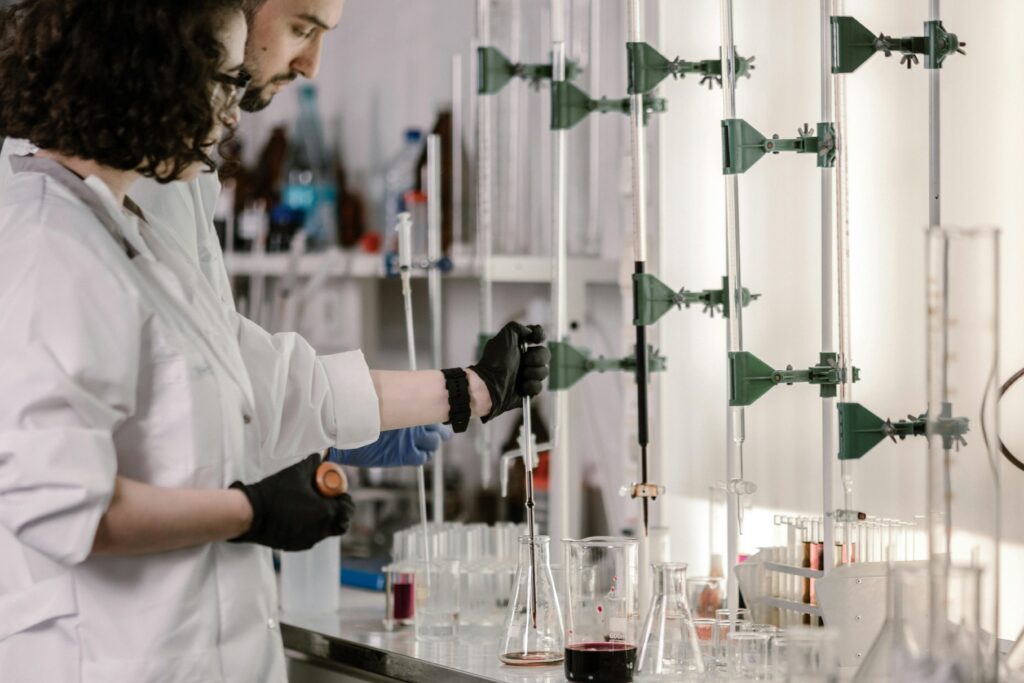
The Impact of Pathogen Testing on Spice Industry Practices
Setting Elevated Standards
Producers and distributors in the spice sector are in charge of preserving the quality of their goods. These stakeholders aggressively raise industry standards and comply with regulations by using strong pathogen testing processes. Customers will be more trusting of these brands and will believe that safety is a top priority as a result of this dedication.
Recognizing the investment spice manufacturers and distributors have made in cutting-edge labs and knowledgeable staff underscores their commitment to raising the bar. The use of cutting-edge pathogen testing technology demonstrates the dedication to providing customers with safe and premium spices.
Empowering Consumer Awareness and Confidence
In a time when consumers are more conscious of the provenance and safety of their food testing, companies that engage in pathogen testing demonstrate their steadfast dedication to their customers’ health. Customers are better able to make educated decisions regarding the spices they bring into their homes when there is transparency, which fosters confidence and trust.
Examining consumer awareness campaigns and initiatives run by spice companies highlights how important education is for fostering self-assurance. Companies that value openness in their pathogen testing procedures interact with customers by actively sharing information about safety precautions and testing protocols.
Navigating the Landscape of Spice Safety
Extending Pathogen Testing into Home Kitchens
Although manufacturers and distributors bear the major duty for pathogen testing, consumers should take proactive measures to ensure the safety of spices in their homes. This section will offer a thorough examination of useful advice, guidelines, and workable methods for putting pathogen testing into practice in a home environment.
Spice safety is further enhanced by realizing how crucial it is to handle and store spices properly at home. Simple procedures like storing spices in a dry, cold environment and preventing cross-contamination are included, which improves the efficacy of pathogen testing programs that manufacturers start.
Conclusion: Savoring a Safer Culinary Experience
In the grand finale of our investigation, it is clear that pathogen testing in spices is important for reasons beyond simple analysis. It is a preventative measure, a health defender, and a major contributor to improving industry standards. By exposing the crucial role that pathogen testing plays, we help to create a culinary environment where flavor and safety coexist harmoniously to produce a satisfying and all-around dining experience.
Knowing the symbiotic relationship between flavor preservation and spice safety supports the notion that pathogen testing is an investment in the art and science of culinary excellence rather than just a legal necessity. By acknowledging the significance of testing for pathogens in spices, we set out on a path to ensure that food remains as delicious in the future.

